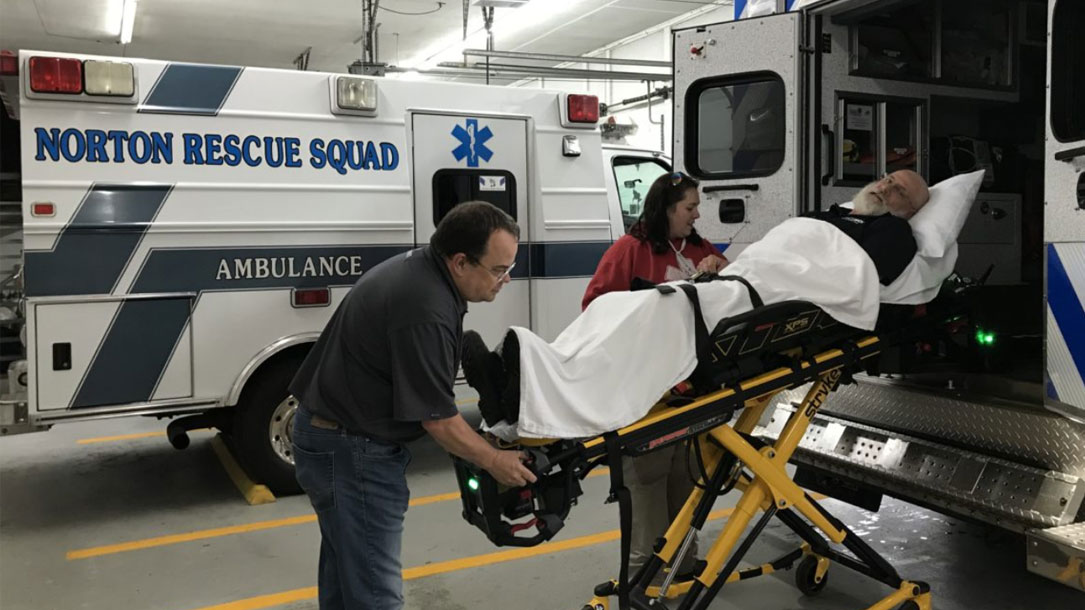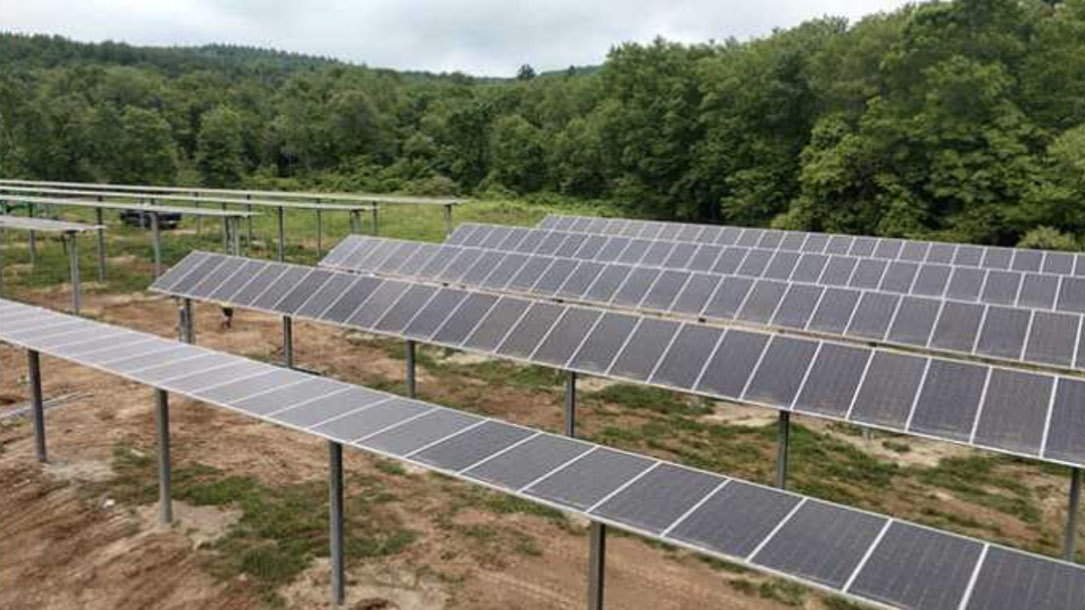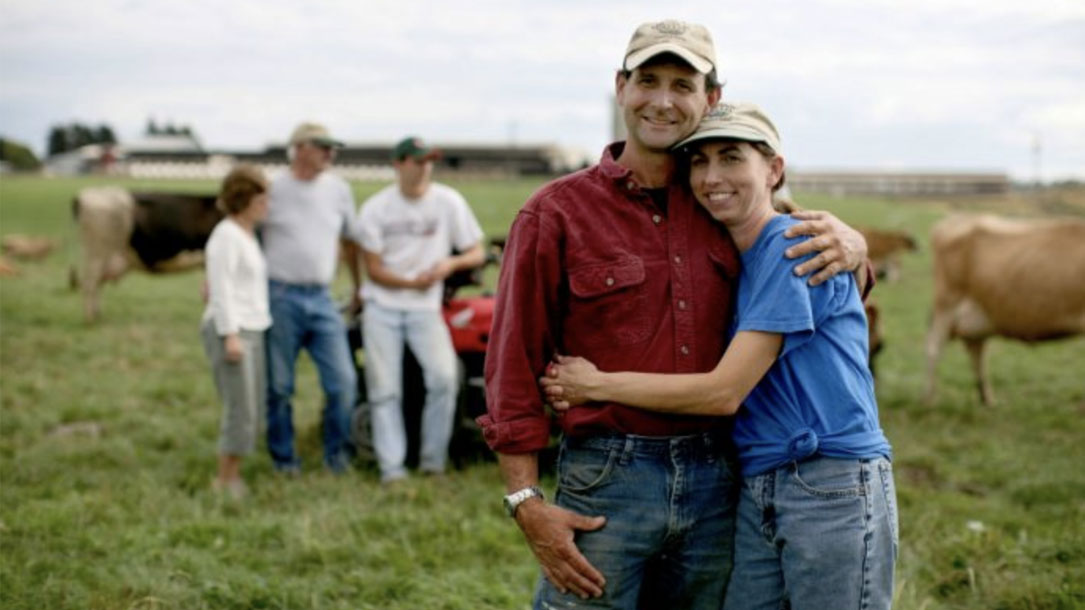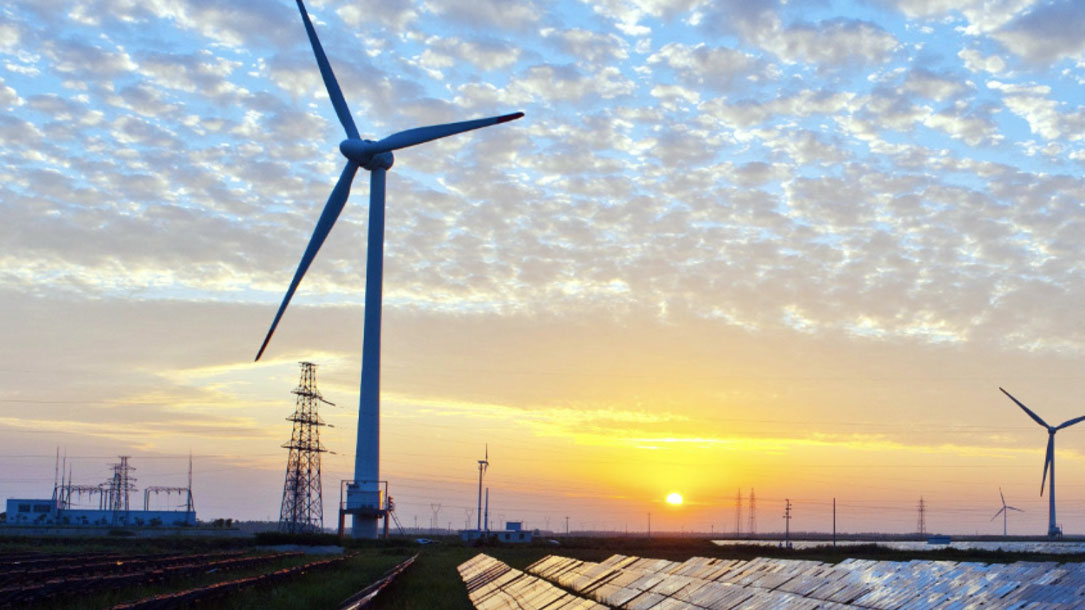Home > Climate News >

Climate deniers are claiming EVs are bad for the environment—again. Here’s why they’re wrong.
A new paper published Tuesday, November 17, by the conservative think tank the Competitive Enterprise Institute (CEI), raises environmental concerns with electric vehicles in what appears to be the latest attempt by organizations associated with fossil fuel funding to pump the brakes on the transportation sector’s transition away from petroleum and towards cleaner electricity.
In the U.S., the transportation sector is the largest contributor to planet-warming emissions. Climate and energy policy experts say electrifying vehicles is necessary to mitigate these emissions.
In fact, scientists recently warned that if the country has any hope of reaching the Paris climate targets of limiting warming to below 2 degrees Celsius (3.6 degrees Fahrenheit), 90 percent of all light-duty cars on the road must be electric by 2050.

Conservation group plots solar potential for retired Appalachian coal mine land
In 2016, Wells [the regional director of community and economic development for Appalachian Voices] spearheaded the formation of the Solar Workgroup of Southwest Virginia to figure out how to incorporate renewable energy into an economic transition in the state’s seven coalfield counties.
It’s a coalition of nonprofits, community action agencies, colleges, state agencies, and planning district commissions. Workgroup members are in the midst of jump-starting more than a dozen rooftop solar projects stalled by a number of obstacles.
“The notion of solar farms being part of a reclamation plan has been flirted with for years and years,” said Wells, a Wise County native…

Purdue entomologist, green groups laud solar farm for native ground cover plan
Julie Borgmann, director of Muncie-based Red-tail Land Conservancy, spoke in favor of the pollinator-friendly provisions at several meetings of county government and also collaborated with the other supporters, including the Hoosier Environmental Council.
In an interview, she noted that, while it’s taken her land trust two decades to protect 2,700 acres of land in East Central Indiana, “this single solar farm” can “really have a huge impact on habitat for bugs, birds…and it goes on down the (ecosystem) line.”
Brock Harpur, an assistant professor of entomology at Purdue, called the new ordinance “a massive step forward for pollinator conservation in this state”…

Appalachian solar advocates continue efforts despite setbacks, pandemic
A solar workgroup is retooling its approach and hopeful that Virginia’s new clean energy law will help overcome obstacles…

Installed: elevated solar supports family farm, cows, and crops
Generally, solar projects on agricultural land face pushback because traditional solar systems cover the ground in a manner that significantly reduces the amount of available farmland. This project did not face this kind of opposition because a dual-use system doesn’t replace crops, it works with them.
The array is designed to allow sufficient sunlight for the crops and is raised high enough in the air to allow tractors continued access underneath…[It] is designed with 20 ft. row-spacing and a minimum panel height of 10 ft. to improve performance and allow tractors continued access. Dual-use systems use special solar photovoltaic (PV) racking to harvest power from the same sunlight that nourishes the crops that grow under the mounts…

Just how does solar grazing work?
There can be concerns about solar overtaking farmland. Yet with good design and partnership with farmers, solar can actually improve soil health and keep farmers on the land. Here’s a short video by Owens Farm, in Pennsylvania, about how solar grazing works.
For additional information, including leases and technical documents, check out American Solar Grazing Association.

On-farm solar grows as farmers see economic rewards—and risks
Steve Pierson switched from raising conventional dairy cows in confinement to grazing the animals on organic pasture for a simple reason: they kept getting sick. He had heard and read about the fact that cows that ate grass had healthier immune systems, since their bodies are designed to digest grasses, not the grain used as feed at most dairies. The transition did make the cows live longer, and he also began to notice other environmental benefits, such as healthier soil and more perennial grasses…

Cultivating communities where people and nature thrive together
The Community Ecology Institute (CEI’)s Climate of Hope project includes three innovation areas, described below: 1) Climate Aware Agriculture featuring Renewable Energy Integration; 2) Cultivating Climate Victory Gardens; and 3) Community Climate Change Education…
Climate of Hope will offer accessible, science-based, action-focused climate change education for the community. [They] offer eight community events at [their] farm on a range of topics from climate victory gardening (and the associated carbon-capturing practices), to composting, energy efficiency, community solar, and more.
[They] also offer customized offsite presentations to eight diverse community organizations including HOAs, faith organizations, school groups, and businesses. These events will be designed to inspire participants and provide strategies and tools for sustained positive climate action.

Our energy future
Driftless Area Land Conservancy [DALC] along with dedicated area activists has created Iowa County CLEA-N, Clean Local Energy Alliance—Now. CLEA-N’s mission is to explore options for and engage in initiatives to advance the local ownership and control of a clean energy future in Iowa County, and to lay the groundwork for the creation of an Energy District through which the vision of that future can be realized.
CLEA-N & DALC—Working Hand-in-Hand on Common Goals
Climate disruption affects every aspect of the work at DALC. CLEA-N’s efforts to lower fossil fuel emissions and to sequester excess atmospheric carbon supports DALC’s land conservation work. As this new organization gets off the ground, DALC will be a significant stabilizing and guiding partner…

100% renewable energy: what we can do in 10 years
It will take at least three decades to completely leave behind fossil fuels. But we can do it. And the first step is to start with the easy stuff…












